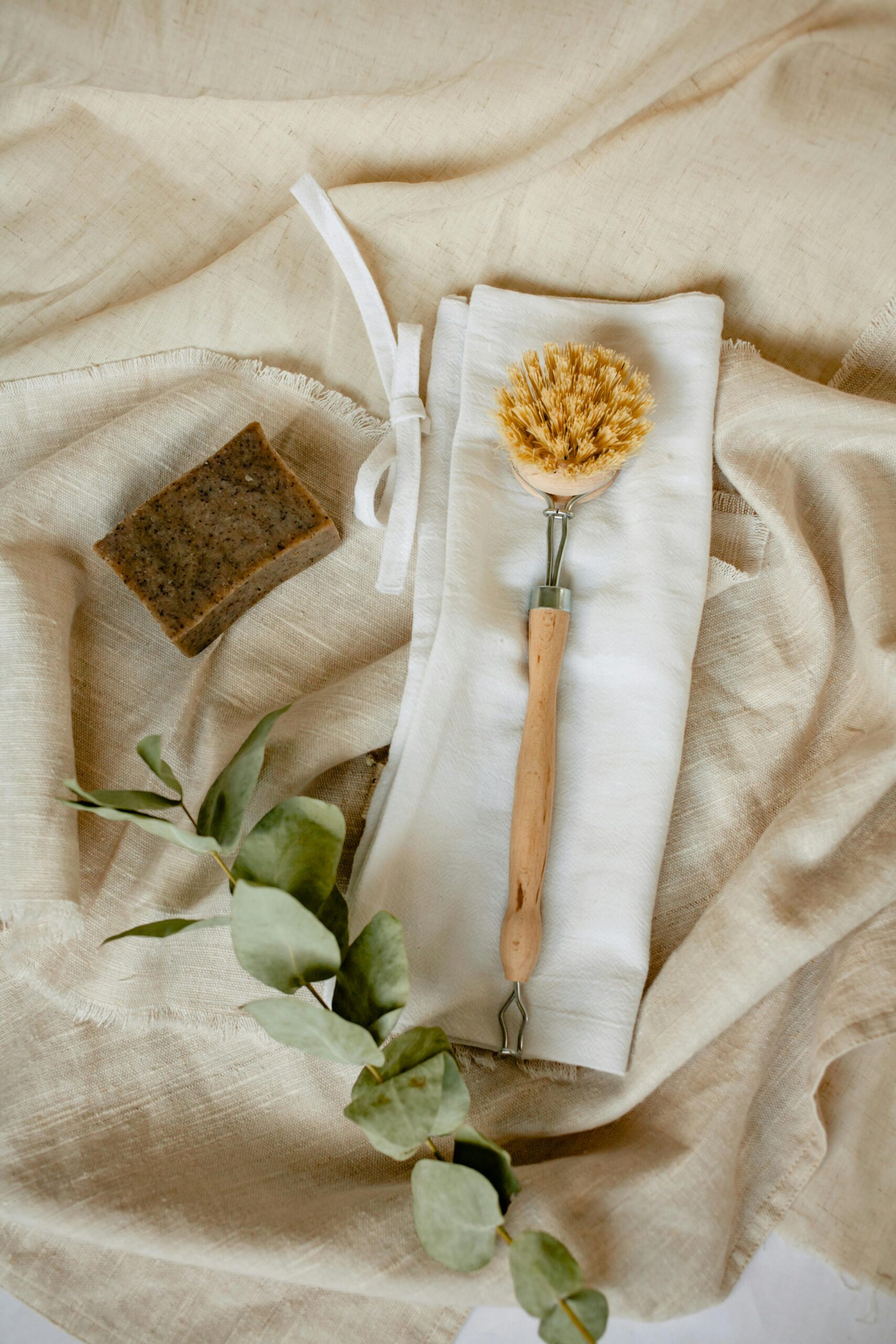
15 Jan What Cleaning Products Kill Mold? Effective Mold Removal
Learn what cleaning products kill mold effectively, including natural remedies like vinegar and tea tree oil, and how to prevent mold from returning.
What Cleaning Products Kill Mold? Effective Mold Removal
Mold is a common household issue that can pose significant health risks and damage surfaces if not addressed promptly. From musty odors to unsightly stains, mold is both a nuisance and a hazard. Fortunately, there are several cleaning products designed to effectively kill mold and prevent its return. In this blog, we’ll explore the best cleaning products for mold removal, natural alternatives, safety tips, and ways to prevent mold growth in your home.
Understanding Mold
Mold is a type of fungus that thrives in damp, humid conditions. It spreads quickly, releasing spores into the air that can trigger respiratory issues, allergies, and other health concerns. Mold often grows in areas like bathrooms, basements, kitchens, and anywhere with excess moisture.
Top Cleaning Products That Kill Mold
Here are some of the most effective cleaning products for mold removal:
1. Bleach
Bleach is one of the most popular mold-killing agents. It’s highly effective at killing mold on non-porous surfaces like tiles, glass, and countertops.
- How to Use: Mix one cup of bleach with one gallon of water. Apply the solution to the moldy area, let it sit for 10-15 minutes, then scrub and rinse thoroughly.
- Note: Bleach is not effective on porous surfaces like wood or drywall, as it cannot penetrate to kill mold roots.
2. White Vinegar
White vinegar is a natural, non-toxic alternative to chemical cleaners. It’s highly acidic, making it effective at killing most types of mold.
- How to Use: Pour undiluted white vinegar into a spray bottle. Spray it directly on the moldy area and let it sit for an hour. Scrub with a brush and wipe clean with water.
- Benefits: Safe for most surfaces and eco-friendly.
3. Hydrogen Peroxide
Hydrogen peroxide is a versatile cleaning agent with antifungal, antibacterial, and antiviral properties. It’s safe for most surfaces and effective against mold.
- How to Use: Use a 3% hydrogen peroxide solution. Spray it directly on the mold, let it sit for 10 minutes, then scrub and wipe clean.
- Tip: Test on a small area first to ensure it doesn’t discolor the surface.
4. Baking Soda
Baking soda is a gentle, natural cleaner that’s effective at removing mold and deodorizing areas affected by mold.
- How to Use: Mix one tablespoon of baking soda with two cups of water. Spray the solution on the mold, scrub with a brush, and wipe clean.
- Advantages: Safe for children and pets.
5. Borax
Borax is a natural mineral with strong mold-killing properties. It’s especially useful for cleaning wood and other porous surfaces.
- How to Use: Mix one cup of borax with one gallon of water. Apply the solution, scrub the area, and wipe clean. Leave the surface slightly damp to prevent mold from returning.
6. Commercial Mold Removers
Several commercial products are designed specifically to kill mold. Popular brands include:
- RMR-86 Mold Remover: Works quickly to remove mold stains.
- Concrobium Mold Control: Prevents mold regrowth and is non-toxic.
- Mold Armor: A strong cleaner suitable for outdoor surfaces.
- How to Use: Follow the manufacturer’s instructions for best results.
Natural Alternatives for Mold Removal
If you prefer eco-friendly options, consider these natural alternatives:
1. Tea Tree Oil
Tea tree oil is a natural antifungal and antibacterial essential oil. It’s highly effective at killing mold spores.
- How to Use: Mix one teaspoon of tea tree oil with one cup of water. Spray the solution on the affected area and let it sit without rinsing.
2. Grapefruit Seed Extract
Grapefruit seed extract is another natural remedy for mold removal.
- How to Use: Mix 10 drops of the extract with one cup of water. Spray the mixture on the mold and let it sit. No rinsing is required.
3. Lemon Juice
Lemon juice’s acidity can help kill mold and leave a fresh scent.
- How to Use: Apply fresh lemon juice to the mold, let it sit for 10 minutes, then scrub and wipe clean.
Tips for Effective Mold Removal
- Address the Source of Moisture: Fix leaks, improve ventilation, and use dehumidifiers to control humidity levels.
- Wear Protective Gear: Use gloves, goggles, and masks to avoid inhaling mold spores or coming into contact with harmful chemicals.
- Test Cleaning Products: Always test on a small area to ensure the product doesn’t damage the surface.
- Use Proper Tools: Use scrub brushes, sponges, and microfiber cloths for thorough cleaning.
- Dispose of Contaminated Materials: Discard heavily moldy items like carpets or drywall that cannot be cleaned effectively.
Preventing Mold Growth
1. Keep Surfaces Dry
Wipe down wet surfaces, especially in bathrooms and kitchens.
2. Improve Ventilation
Use exhaust fans and open windows to allow air circulation.
3. Monitor Humidity Levels
Keep indoor humidity below 60%. Use a dehumidifier if necessary.
4. Inspect Regularly
Check for leaks, condensation, or damp areas in your home and address them immediately.
5. Use Mold-Resistant Products
Consider mold-resistant paints and building materials for areas prone to moisture.
When to Call Professionals
If the mold covers a large area (more than 10 square feet) or has penetrated deep into porous surfaces, it’s best to call a professional mold remediation service. They have the expertise and equipment to handle extensive mold problems safely and effectively.
External Links for Further Reading
- EPA Guide to Mold and Moisture Control
- Mayo Clinic: Mold Allergy Symptoms and Causes
- How to Prevent Mold in Your Home
- Top Natural Mold Removal Remedies
- Professional Mold Remediation Services
